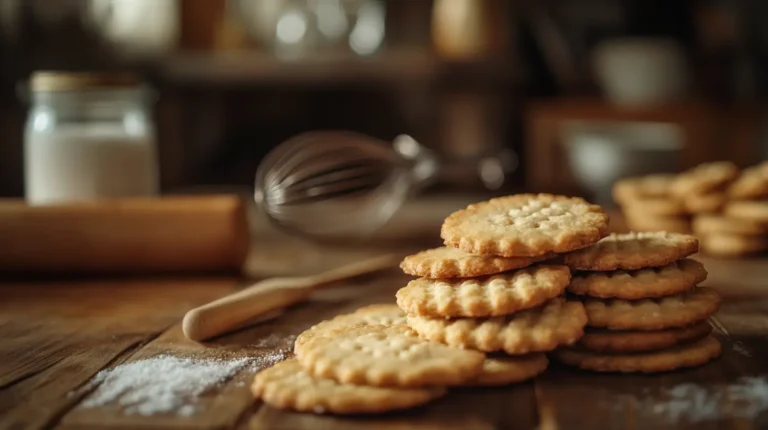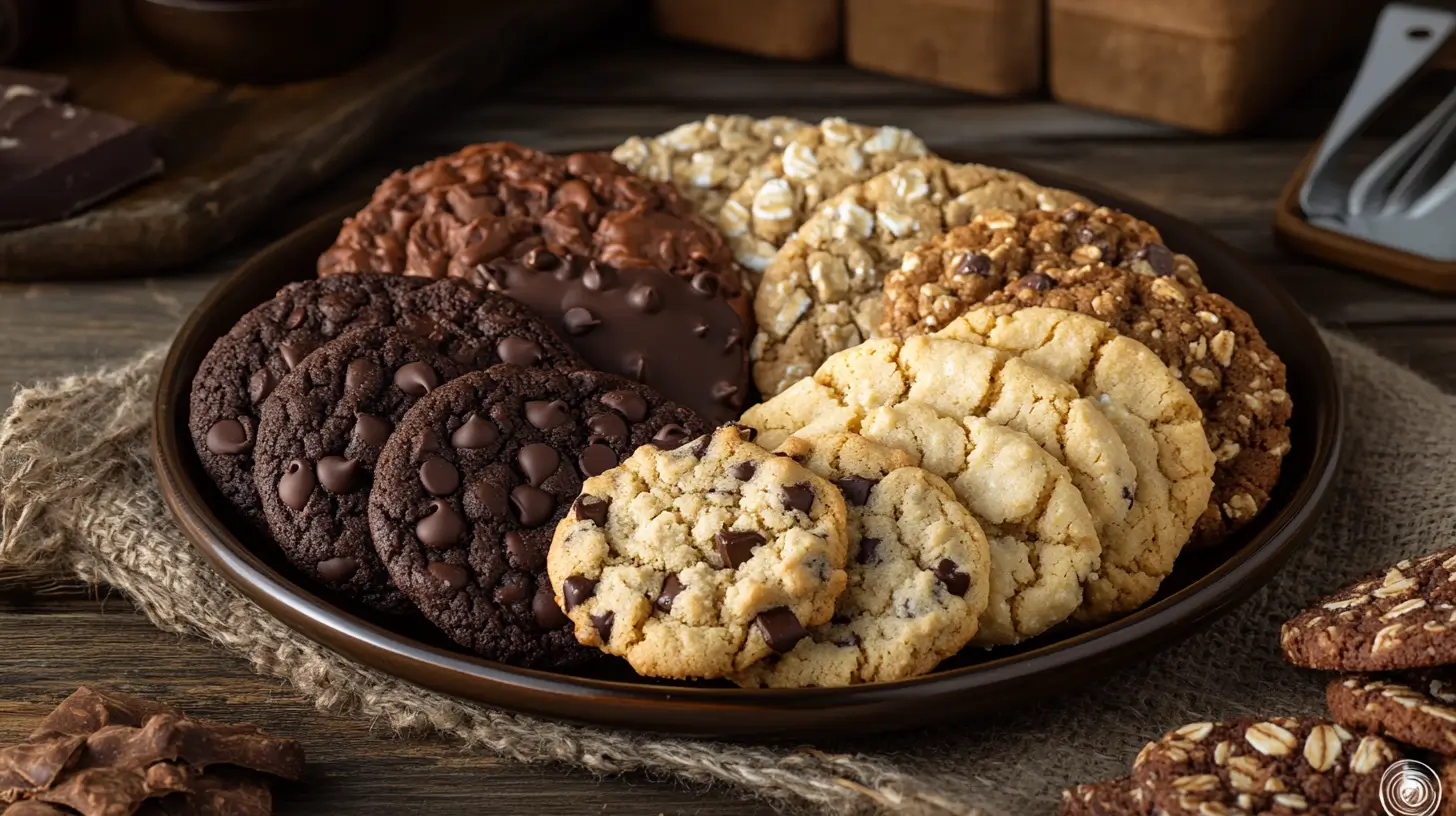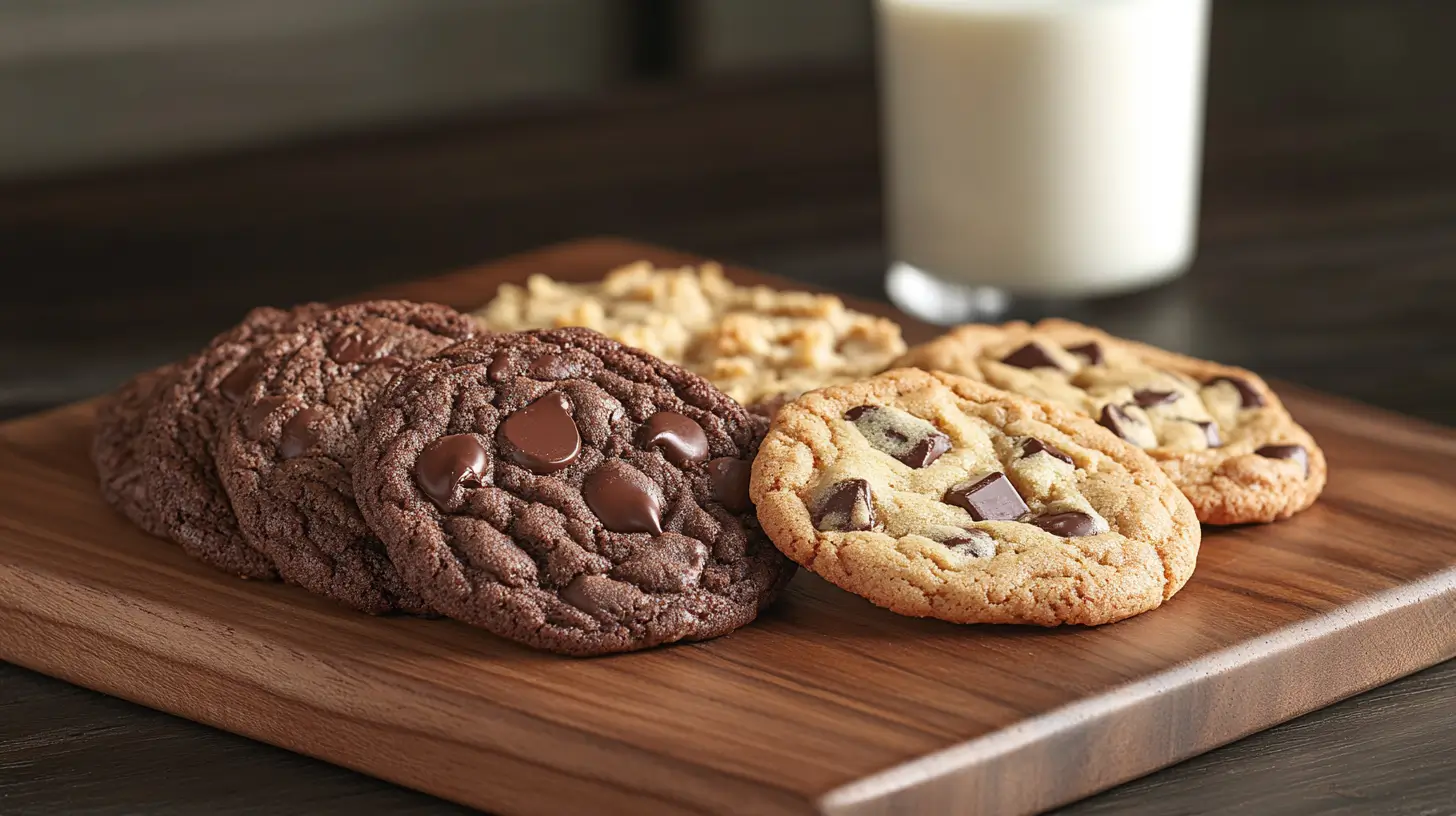Introduction
The quest for perfectly flat cookies is one many bakers embark on, whether for aesthetic reasons, uniformity, or texture. Flat cookies, when crafted correctly, have a delightful crispness and visual appeal that’s ideal for various recipes. However, achieving this consistency requires understanding the science behind baking. This guide will explore the nuances of how to get flat cookies by examining ingredients, techniques, and environmental factors.
By mastering the art of flat cookie baking, you can produce consistent results every time. This article will delve into every detail to help you avoid pitfalls and refine your methods. Let’s unravel the secrets behind achieving flat cookie perfection.
What Makes Cookies Flat?
Flat cookies are often the result of precise ingredient proportions, mixing techniques, and temperature management. Several factors come into play, such as the type of fat used, sugar ratios, and even how the dough is handled. Learning how to get flat cookies starts with identifying the variables at play.
Key Factors That Contribute to Cookie Flatness:
- Butter content: High-fat butter or melted butter spreads more, leading to flat cookies.
- Sugar type: Granulated sugar encourages spreading more than brown sugar.
- Oven temperature: Lower baking temperatures can cause cookies to spread more.
Every decision you make during preparation impacts the final outcome. By understanding these factors, you’ll be better equipped to bake cookies with consistent flatness.
Understanding Cookie Chemistry
The science of how to get flat cookies lies in understanding the chemical reactions that occur during baking. Heat causes ingredients like butter and sugar to melt and spread, while flour provides structure.
The Role of Ingredients in Cookie Texture
Each ingredient in a cookie recipe has a distinct role in determining texture and shape:
- Flour: Adds structure and stability, limiting spread.
- Butter or oil: Influences the cookie’s softness and spreading behavior.
- Eggs: Bind ingredients, adding moisture and thickness.
- Sugar: Affects both sweetness and the degree of spreading.
Balancing these elements ensures predictable results. For flat cookies, controlling how much liquid and fat is in the recipe is essential.
The Science Behind Baking Flat Cookies
The process of how to get flat cookies revolves around the interaction between heat, fat, and flour. When cookies bake, the butter melts faster than the flour can set, causing the dough to spread. High-fat content or improper chilling can exaggerate this effect.
Tips for Optimizing Chemistry:
- Use melted butter for more spreading.
- Avoid overmixing the dough to prevent air pockets.
- Choose sugars that melt quickly, such as granulated sugar.
Understanding these scientific principles helps refine your approach to baking flat cookies.
Choosing the Right Ingredients
How to Get Flat Cookies with the Right Flour Type
Flour is the foundation of any cookie recipe. The protein content in flour determines the amount of gluten formed, directly impacting the cookie’s structure. For how to get flat cookies, opt for all-purpose flour, which provides moderate gluten formation, ensuring the dough spreads effectively.
Flour Tips:
- Avoid bread flour, which makes cookies dense and thick.
- Sift the flour to eliminate clumps for even mixing.
- Measure precisely to maintain consistency.
How Butter Affects Cookie Shape
Butter is a critical component in achieving flat cookies. Its fat content and temperature dictate how much the dough will spread during baking.
Key Considerations:
- Melted butter: Promotes spreading for flatter cookies.
- Cold butter: Retains shape, resulting in puffier cookies.
- Salted vs. unsalted: Unsalted butter gives you better control over flavor balance.
Always ensure butter is incorporated evenly for optimal results.
Sugars and Their Impact on Flatness
The type of sugar used directly impacts how to get flat cookies. Granulated sugar melts quickly, encouraging spreading, while brown sugar contains molasses, adding moisture and thickness.
Sugar Breakdown:
- Granulated sugar: Produces crisp and flat cookies.
- Brown sugar: Yields softer, less flat cookies.
- Powdered sugar: Reduces spread due to its fine texture.
For flatter cookies, prioritize granulated sugar or adjust the sugar ratio to suit your needs.
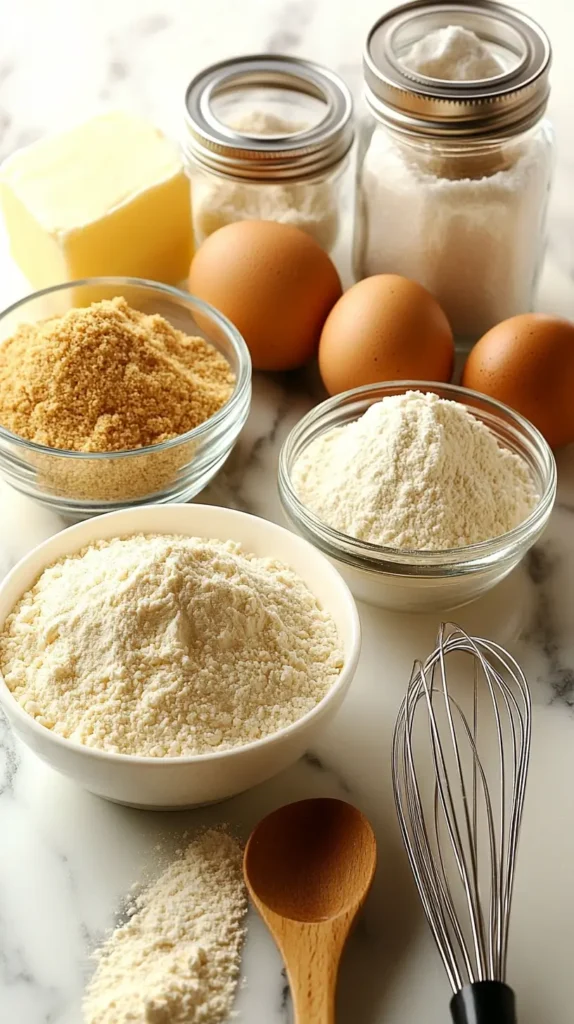
The Role of Temperature
Chilling Dough: Does It Help or Hinder Flat Cookies?
Chilling dough before baking solidifies the fat, reducing spread during baking. While this technique is common for thick cookies, skipping this step is often preferable for flat cookies.
Best Practices:
- Avoid chilling when seeking flatness.
- If chilling is required, let the dough warm slightly before baking.
Room Temperature Butter: Yay or Nay?
Using butter at room temperature is essential for consistent mixing. However, melted butter is often preferred when learning how to get flat cookies, as it encourages maximum spread.
Key Points:
- Use room temperature butter for balanced texture.
- Melt butter for exaggerated flatness.
- Avoid over-softened butter, which can lead to greasy results.
Perfecting the Dough
Proper Mixing Techniques
The way you mix your dough affects the final texture of your cookies. Overmixing introduces air, which can lead to uneven baking. For how to get flat cookies, mix just enough to combine ingredients.
Steps for Mixing:
- Cream butter and sugar until smooth.
- Add eggs and vanilla, mixing minimally.
- Gradually incorporate flour to avoid overworking.
Balancing Wet and Dry Ingredients to Get Flat Cookies
Achieving the right balance of wet and dry ingredients is crucial for flat cookies. Too much liquid leads to excessive spreading, while too much flour prevents proper flattening.
Tips for Balance:
- Use a digital scale for precise measurements.
- Adjust flour or liquid if the dough feels too wet or dry.
- Test bake a single cookie to check the spread before baking a full batch.
Baking Techniques
Baking techniques are the backbone of successful cookies, especially when aiming for flat ones. Knowing how to get flat cookies goes beyond ingredients; it’s about mastering the process. From adjusting the oven temperature to perfect spacing, small adjustments can make a big difference.
Oven Temperature: The Hidden Factor
Temperature plays a pivotal role in determining cookie spread. For how to get flat cookies, understanding the precise heat level is essential.
Best Practices:
- Bake at a slightly lower temperature (around 325°F to 350°F) to give cookies more time to spread before setting.
- Avoid opening the oven door frequently, as it disrupts heat consistency.
- Use an oven thermometer to ensure accuracy.
A lower oven temperature allows butter and sugar to melt thoroughly, creating the flat texture you’re aiming for.
Spacing Cookies on the Baking Shee
How you arrange cookies on the baking sheet affects their shape and size. For flat cookies, proper spacing is crucial to prevent cookies from merging or baking unevenly.
Key Tips:
- Space cookies at least 2 inches apart to allow room for spreading.
- Use parchment paper or silicone mats to promote even baking.
- Avoid overcrowding, as it traps heat and limits spreading.
By providing enough room for each cookie to expand, you can ensure evenly flat results.
Adjusting Recipes
Small tweaks to classic recipes can make a big difference in achieving flat cookies. Whether it’s reducing certain ingredients or altering measurements, adjustments are key to success.
Modifying Classic Recipes for Flatter Results
When learning how to get flat cookies, modifying recipes helps achieve the desired spread and texture.
Recipe Adjustments:
- Reduce flour by 10–15% to promote spreading.
- Use melted butter instead of softened butter.
- Swap some brown sugar with granulated sugar for a thinner texture.
Experimenting with these changes ensures the dough spreads consistently, producing the perfect flatness.
Common Mistakes to Avoid
Mistakes during preparation often lead to unintended cookie results. Avoiding these common errors will help you achieve consistently flat cookies.
Overmixing
Overmixing introduces too much air into the dough, causing uneven baking and puffiness. For how to get flat cookies, mix just until ingredients combine.
Prevention Tips:
- Mix wet and dry ingredients separately, then combine minimally.
- Use a spatula or low-speed mixer to prevent overworking the dough.
- Avoid excessive folding after adding flour.
Using Cold Ingredients
Cold ingredients inhibit spreading, leading to thicker cookies. For flat cookies, ensure all ingredients are at the right temperature before mixing.
Key Tips:
- Let butter and eggs come to room temperature before use.
- Avoid using cold milk or other liquid additives.
- If ingredients accidentally chill, allow the dough to warm slightly before baking.
Avoiding cold components ensures the dough spreads properly during baking.
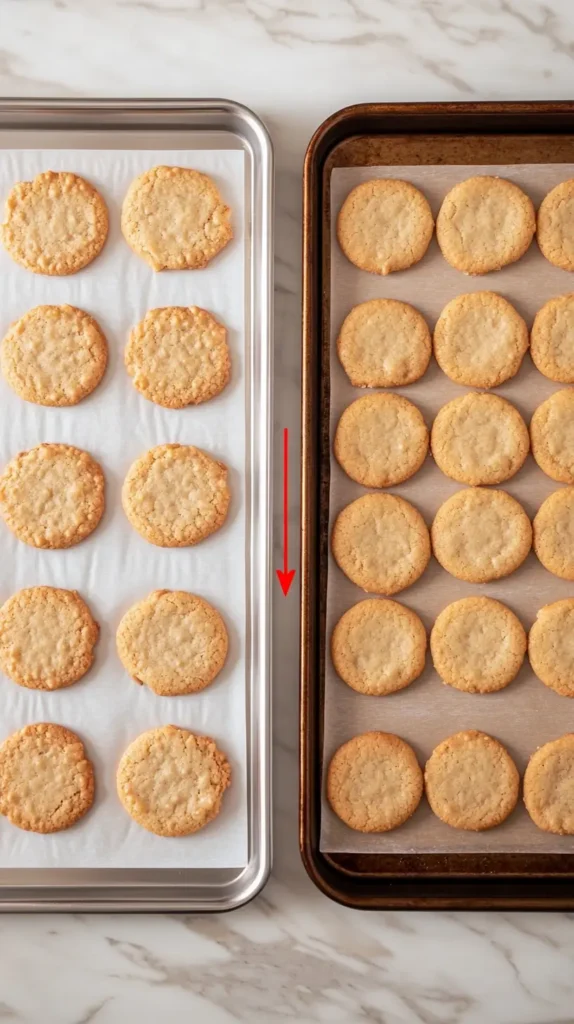
Tips from Expert Bakers
Professional bakers have mastered how to get flat cookies by following a few tried-and-true practices. Their insights can elevate your baking game.
Professional Secrets for Perfectly Flat Cookies
Expert Tips:
- Use heavy-duty baking sheets for even heat distribution.
- Gently press the dough balls down before baking to encourage spreading.
- Incorporate a small amount of cornstarch for a smoother texture and controlled spread.
By adopting these professional tips, you’ll see significant improvements in your cookie’s flatness and texture.
Troubleshooting Flat Cookies
Even with the best efforts, baking mishaps can occur. Knowing how to troubleshoot ensures you’ll salvage your efforts and improve future batches.
Why Are My Cookies Puffy Instead of Flat?
Puffy cookies often result from excess flour, improper butter temperature, or under-measured sugar. To fix this, revisit your ingredient ratios and ensure proper mixing.
Salvaging an Overmixed Dough
Overmixed dough can lead to tough, dense cookies. To recover, consider these quick fixes:
- Add a small amount of melted butter to loosen the dough.
- Let the dough rest at room temperature to relax gluten.
- Flatten the dough balls more significantly before baking.
These steps can help rescue your dough and restore the potential for flat cookies.
FAQs on Baking and Cookie Techniques
Can cookies keep their shape while baking?
Yes, cookies can retain their shape during baking with a few adjustments to the recipe and technique. To prevent excessive spreading:
- Chill the dough: Cold dough solidifies fats, reducing spread during baking.
- Use room-temperature butter: Avoid overly soft or melted butter, as it causes the dough to spread too much.
- Add more flour: A slightly firmer dough creates more structure, helping cookies hold their shape.
- Shape the dough carefully: Form precise shapes and press slightly to maintain their look.
- Bake at the right temperature: A higher oven temperature (375°F or above) sets the cookie edges faster, minimizing spread.
Can old baking soda make cookies flat?
Yes, old baking soda can cause cookies to become flat. Baking soda acts as a leavening agent, creating carbon dioxide gas that helps cookies rise. If baking soda is expired or ineffective:
- Cookies may lack the lift needed, spreading too much.
- The texture may become dense and less airy.
To ensure optimal results:
- Test baking soda by mixing a small amount with vinegar; it should fizz immediately.
- Replace baking soda every six months to a year for the best performance.
What does cream of tartar do in cookies?
Cream of tartar stabilizes and enhances cookie texture. When added to recipes:
- Prevents crystallization: Creates a smoother cookie by inhibiting sugar crystal formation.
- Adds tanginess: Provides a slight tangy flavor to balance sweetness.
- Stabilizes leavening: In recipes using baking soda, it reacts to create carbon dioxide, ensuring better rise and lighter texture.
Cream of tartar is especially useful in recipes like snickerdoodles, where its tangy flavor and tender crumb are essential.
What does too much flour do to cookies?
Adding too much flour to cookie dough can have several effects:
- Makes cookies dense: Excess flour creates a tough, cakey texture by overpowering the fat and liquid balance.
- Reduces spreading: The dough becomes too firm, preventing proper flattening during baking.
- Leads to dry cookies: Too much flour absorbs the available moisture, resulting in a crumbly or dry texture.
To avoid these issues:
- Measure flour accurately using the scoop-and-level method or a kitchen scale.
- Add flour gradually, checking dough consistency after each addition. The dough should be soft but not sticky.
Conclusion
Recap of Key Points
Mastering how to get flat cookies involves understanding the role of ingredients, perfecting your techniques, and avoiding common errors. Key takeaways include:
- Use the right ingredients and proper measurements.
- Modify oven temperature and spacing for consistent results.
- Adopt professional tips and troubleshoot when things go awry.
By following these guidelines, you can consistently bake flat, delicious cookies that are as visually appealing as they are tasty.
Looking for daily recipe inspiration? Follow us on Pinterest and Facebook to explore delicious, home-style recipes shared every day!

